Home>Furniture & Design>Interior Design Trends>How To Remove A Stuck Lid From A Glass Jar
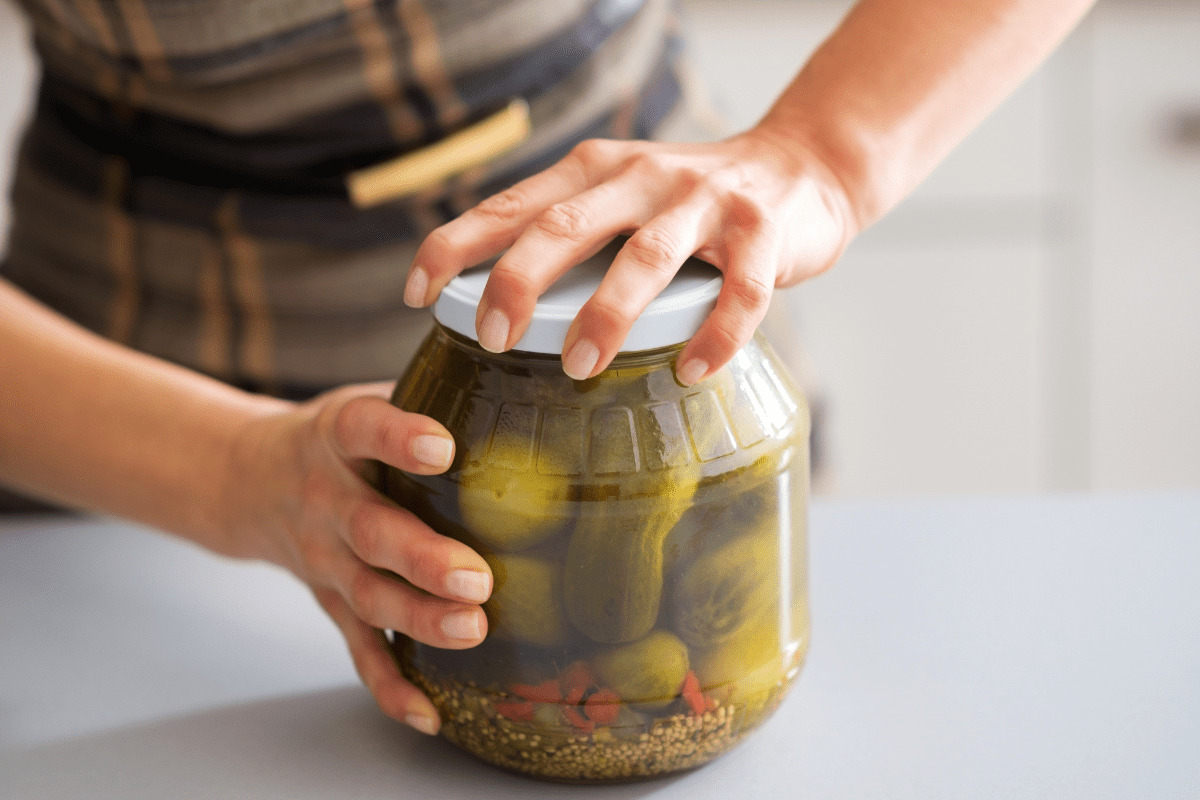

Interior Design Trends
How To Remove A Stuck Lid From A Glass Jar
Modified: August 25, 2024
Learn effective techniques for removing a stubborn lid from a glass jar. Discover the latest interior design trends to elevate your space.
(Many of the links in this article redirect to a specific reviewed product. Your purchase of these products through affiliate links helps to generate commission for Storables.com, at no extra cost. Learn more)
Introduction
Struggling to open a stubbornly sealed glass jar can be a frustrating experience. Whether it's a jar of pickles, pasta sauce, or homemade jam, a stuck lid can quickly turn a simple task into a challenging ordeal. However, with the right techniques and a bit of patience, you can successfully release the lid without causing damage to the jar or its contents.
In this guide, we will explore several effective methods for removing a stuck lid from a glass jar. From applying heat to utilizing specialized tools, we'll cover a range of strategies to help you tackle this common kitchen conundrum. By following these step-by-step instructions, you'll be equipped with the knowledge and skills to conquer even the most stubborn jar lids, making meal preparation and snacking a hassle-free experience.
So, if you've ever found yourself grappling with a seemingly immovable jar lid, fear not. With the insights and techniques shared in this article, you'll soon be equipped to handle this challenge with confidence and ease. Let's dive into the methods that can help you release the grip of that stubborn lid and access the delicious contents within.
Key Takeaways:
- Don’t struggle with stubborn jar lids! Use heat, rubber grips, tapping, or a jar opener to easily open stuck glass jars without damaging them.
- Assess the situation and choose the right method to conquer stubborn jar lids. With patience and the right technique, you can access your favorite foods hassle-free.
Read more: How To Remove A Label From A Glass Jar
Assessing the Situation
Before attempting to open a stuck lid from a glass jar, it's essential to assess the situation to determine the best approach. Understanding the potential reasons behind the lid's resistance can guide your efforts and help prevent accidental damage to the jar or its contents.
First, inspect the lid for any visible signs of damage or irregularities. Check for dents, rust, or misalignment, as these factors can contribute to the lid becoming stuck. If the lid appears damaged, exercise caution to avoid potential injury from sharp edges or compromised seals.
Next, evaluate the tightness of the seal by gently tapping the lid with your fingertips. If the lid emits a hollow sound, it may indicate that the jar's vacuum seal has been compromised, making it easier to open. Conversely, a solid, unyielding sound suggests a strong seal that requires a different approach to release.
Consider the contents of the jar as well. Certain foods, such as sticky preserves or sugary sauces, can create a tight seal due to residue buildup around the rim. Additionally, temperature changes or exposure to moisture can cause the lid to contract or expand, further contributing to its stubbornness.
Take note of the jar's material and shape. Glass jars with wide mouths provide more leverage for opening, while narrow-necked jars may require specialized tools for assistance. Understanding these factors can help you tailor your approach to suit the specific jar and lid configuration.
By carefully assessing these elements, you can gain valuable insights into the nature of the lid's resistance and select the most suitable method for loosening it. With a clear understanding of the jar's condition and potential contributing factors, you'll be better equipped to proceed with confidence and precision in your efforts to release the stubborn lid.
Remember, patience and attentiveness are key when assessing the situation. By taking the time to evaluate the jar and its contents, you can approach the task of opening it with a well-informed strategy, increasing the likelihood of a successful outcome.
Applying Heat
When faced with a stubbornly sealed glass jar, applying heat can be an effective method for loosening the grip of the lid. Heat helps to expand the metal lid while also softening any sticky residues that may be contributing to the seal's tightness. This approach is particularly useful for jars containing viscous substances such as honey, caramel, or thick sauces.
One of the simplest ways to apply heat is by running the lid under hot water. Place the jar in a sink or container and allow hot water to flow over the lid for a few minutes. The warmth from the water gradually expands the metal, making it easier to twist open. Additionally, the heat can help dissolve any sticky residues, reducing the friction between the lid and the jar's rim.
Alternatively, you can immerse the lower half of the jar in a bowl of hot water. Ensure that the water level is below the lid to prevent any seepage into the jar. As the glass absorbs the heat, it gently warms the contents and the lid, potentially loosening the seal. This method is particularly effective for jars with heat-resistant contents, such as pickles or sauces.
For a more targeted approach, a hairdryer can be used to apply heat directly to the lid. Set the hairdryer to a medium or high heat setting and aim it at the lid, moving it around to distribute the warmth evenly. As the metal expands, the lid's grip may gradually weaken, allowing for easier removal. Exercise caution when using this method to avoid overheating the glass or exposing the jar to sudden temperature changes.
In some cases, a heat gun or a kitchen torch can be employed to apply localized heat to the lid. These tools provide intense heat and can be directed precisely at the lid's edges to facilitate loosening. However, it's crucial to use these devices with care, ensuring that the heat is applied in controlled bursts to avoid damaging the jar or its contents.
By applying heat strategically, you can effectively tackle a stuck lid without resorting to excessive force or risking damage to the jar. The gentle expansion and softening effects of heat provide a practical solution for releasing the seal, making the task of opening a stubborn glass jar more manageable and less frustrating.
Using a Rubber Grip
When facing a tightly sealed glass jar, utilizing a rubber grip can provide the leverage and traction needed to release the stubborn lid. The flexibility and gripping power of a rubber tool can significantly enhance your ability to twist and open the jar, making it an accessible and effective method for overcoming resistance.
One of the most readily available rubber tools for this purpose is a simple rubber band. Wrapping a wide rubber band around the lid provides an additional layer of traction, allowing your fingers to grasp the lid more securely. This added grip minimizes the likelihood of your hand slipping and provides the necessary friction to counteract the lid's resistance.
Alternatively, specialized rubber jar openers, featuring textured surfaces or ridges, are designed specifically to assist with opening stubborn lids. These tools are crafted from durable, non-slip rubber materials, offering a reliable grip that conforms to the lid's shape. By placing the rubber opener over the lid and applying gentle pressure while twisting, you can harness the enhanced traction to gradually loosen the seal.
Another effective rubber-based tool is a silicone jar opener pad. This versatile accessory, often shaped like a disc or square, is engineered with a textured surface that clings to both the lid and your hand. By pressing the pad firmly against the lid and twisting, the silicone material molds to the lid's contours, amplifying your grip and reducing the effort required to break the seal.
In addition to these tools, household items such as rubber gloves can also serve as effective aids in opening stubborn jars. By donning a rubber glove, you can enhance your grip and minimize the risk of slippage, particularly when dealing with slick or greasy lids. The tactile surface of the glove provides a secure hold, enabling you to exert controlled force while turning the lid.
The advantage of using a rubber grip lies in its versatility and accessibility. Whether employing a rubber band, specialized jar opener, silicone pad, or rubber glove, these tools offer a practical and non-invasive approach to tackling a stuck lid. By harnessing the gripping power of rubber, you can effectively counteract the lid's resistance and achieve successful jar opening outcomes with ease.
Incorporating a rubber grip into your jar-opening arsenal equips you with a reliable and user-friendly solution for addressing stubborn seals. This method empowers you to navigate the challenge of opening a stuck glass jar with confidence, ensuring that even the most tightly sealed lids are no match for your resourcefulness and determination.
Try running the lid under hot water to expand the metal and break the seal. If that doesn’t work, use a rubber band for better grip or tap the edge of the lid with a spoon to loosen it.
Tapping the Lid
When faced with a stubbornly sealed glass jar, tapping the lid is a simple yet effective technique that can help release the grip and facilitate easier opening. This method leverages the power of gentle percussion to disrupt the seal and reduce the resistance of the lid, offering a practical and accessible approach to overcoming the challenge of a stuck jar.
To begin, place the glass jar on a stable surface, ensuring that it is secure and won't tip over during the tapping process. Using the base of your palm or the heel of your hand, deliver a series of light but firm taps around the circumference of the lid. The goal is to create small, controlled vibrations that can help loosen the seal without causing damage to the jar or its contents.
Alternatively, you can utilize a wooden spoon or a similar utensil to tap the lid. Position the handle of the spoon against the edge of the lid and tap it gently with the palm of your hand. The wooden material provides a degree of resilience, allowing you to apply pressure without risking breakage.
The tapping action serves to disrupt the cohesion between the lid and the jar's rim, potentially breaking the vacuum seal and reducing the friction that is impeding the lid's movement. This method is particularly effective for jars containing viscous or sticky substances, as the tapping motion can help dislodge any residue that may be contributing to the seal's tightness.
It's important to exercise patience and consistency when tapping the lid, as the gradual application of force can yield positive results without exerting excessive pressure. By combining the tapping technique with a gentle twisting motion, you can capitalize on the loosening effect and increase the likelihood of successfully opening the jar.
Incorporating the tapping method into your jar-opening repertoire provides an additional tool for addressing stubborn seals. Its simplicity and accessibility make it a valuable strategy for navigating the common challenge of a stuck glass jar, offering a practical and non-invasive approach to achieving a successful outcome.
By tapping the lid with precision and care, you can harness the power of controlled vibrations to weaken the seal, making the task of opening a stubborn glass jar more manageable and less frustrating.
Read more: How To Open Glass Jar With Metal Lid
Using a Jar Opener
When confronted with a particularly stubborn glass jar, a jar opener can be a game-changing tool in your quest to release the tightly sealed lid. Designed specifically to provide leverage and grip, a jar opener offers a practical and effective solution for overcoming resistance without exerting excessive force.
One of the most common types of jar openers is the traditional handheld model, featuring a hinged design with gripping teeth or rubberized surfaces. To use this type of jar opener, position the gripping mechanism securely around the lid and adjust the opener's handle to create a firm hold. With a steady grip established, apply controlled force to twist the lid, utilizing the mechanical advantage provided by the opener to counteract the seal's resistance. This method effectively distributes the force across the lid's circumference, reducing the effort required to break the seal and open the jar.
Another popular variant is the jar opener pad, a versatile accessory that employs a textured surface to enhance grip and traction. The pad is placed over the lid, and by exerting pressure while twisting, the textured material molds to the lid's contours, amplifying your grip and minimizing slippage. This approach is particularly useful for individuals seeking a non-invasive and user-friendly method for opening stubborn jars.
Electric jar openers represent a modern and convenient solution for tackling tightly sealed lids. These automated devices feature adjustable clamps that secure the jar in place, allowing the opener to apply consistent and controlled force to twist the lid. With the press of a button, the electric opener engages, gradually loosening the seal and enabling effortless lid removal. This hands-free approach is especially beneficial for individuals with limited hand strength or dexterity, providing a reliable and efficient means of accessing the jar's contents.
In addition to these options, strap-style jar openers offer a flexible and adaptable solution for jars of various sizes. These openers feature a strap or belt that can be adjusted to fit around the lid, providing a secure grip that facilitates smooth and controlled twisting. The adjustable nature of strap openers makes them a versatile choice for households with a variety of jar sizes, ensuring that no stubborn lid is beyond reach.
By incorporating a jar opener into your kitchen toolkit, you gain access to a reliable and user-friendly solution for addressing stubborn seals. Whether opting for a handheld model, a textured pad, an electric opener, or a strap-style variant, these tools offer practical and non-invasive approaches to achieving successful jar opening outcomes with ease.
Utilizing a jar opener empowers you to navigate the challenge of opening a stuck glass jar with confidence, ensuring that even the most tightly sealed lids are no match for your resourcefulness and determination.
Conclusion
In conclusion, the frustration of encountering a stuck lid on a glass jar is a common kitchen challenge that can test one's patience and resourcefulness. However, armed with the knowledge and techniques shared in this guide, you can confidently approach this predicament with a range of effective strategies at your disposal.
By assessing the situation and understanding the potential factors contributing to the lid's resistance, you can tailor your approach to suit the specific jar and its contents. Whether it's the application of heat to expand the metal lid and soften sticky residues, utilizing a rubber grip for enhanced traction, tapping the lid to disrupt the seal, or employing a specialized jar opener for added leverage, each method offers a practical and accessible solution for releasing the stubborn grip of a jar lid.
It's important to approach the task with patience and attentiveness, taking the time to evaluate the jar and its contents before proceeding with the chosen method. By doing so, you can increase the likelihood of a successful outcome while minimizing the risk of accidental damage to the jar or its contents.
Ultimately, the diverse range of techniques presented in this guide empowers you to tackle the challenge of a stuck glass jar with confidence and ease. Whether you opt for the simplicity of tapping the lid or the convenience of using a specialized jar opener, each method offers a valuable tool in your jar-opening arsenal.
By incorporating these strategies into your kitchen repertoire, you can navigate the common frustration of a stuck jar lid with resourcefulness and determination. With a combination of patience, technique, and the right tools at your disposal, you can confidently conquer even the most stubborn jar lids, ensuring that access to your favorite foods and ingredients is always within reach.
Frequently Asked Questions about How To Remove A Stuck Lid From A Glass Jar
Was this page helpful?
At Storables.com, we guarantee accurate and reliable information. Our content, validated by Expert Board Contributors, is crafted following stringent Editorial Policies. We're committed to providing you with well-researched, expert-backed insights for all your informational needs.

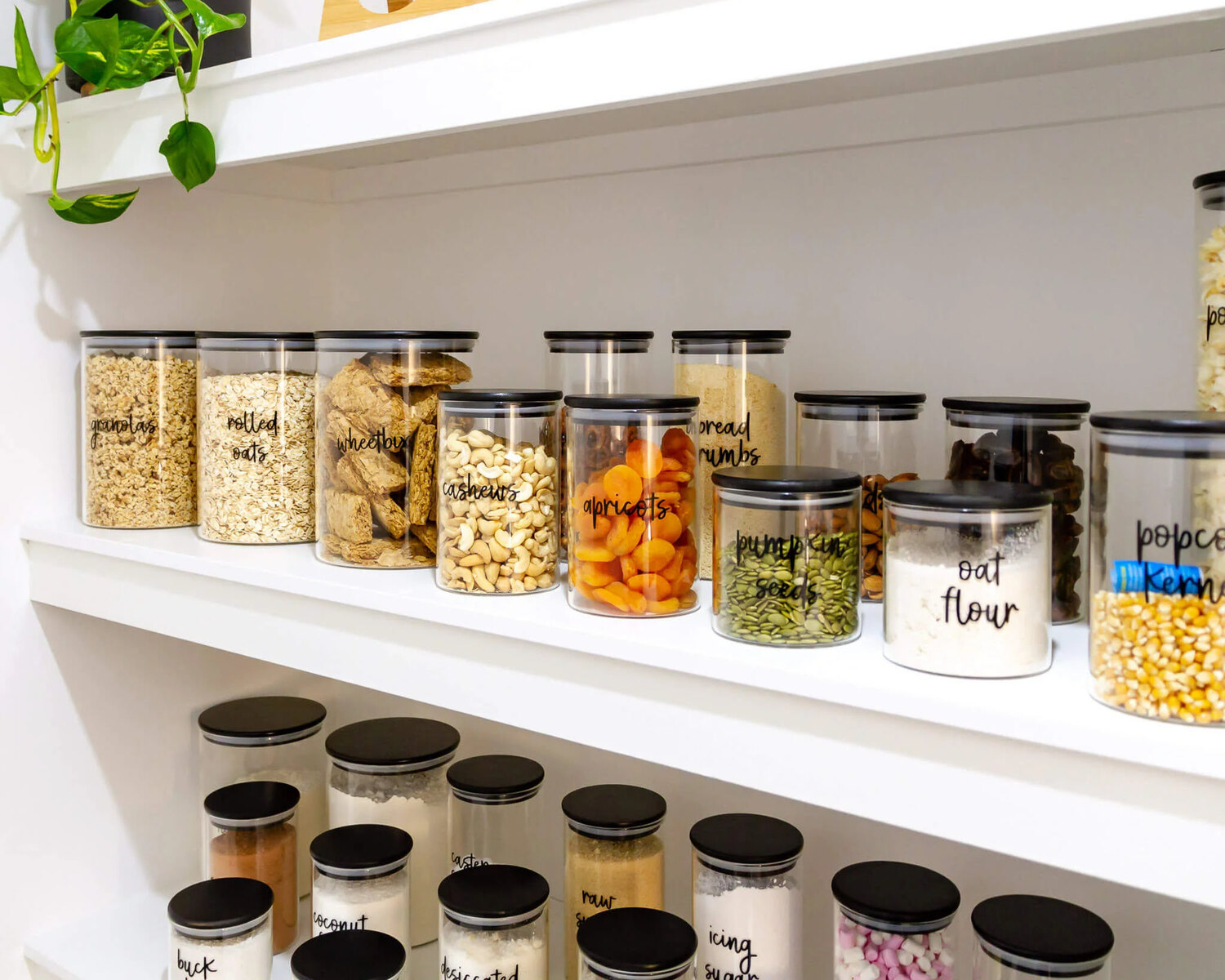
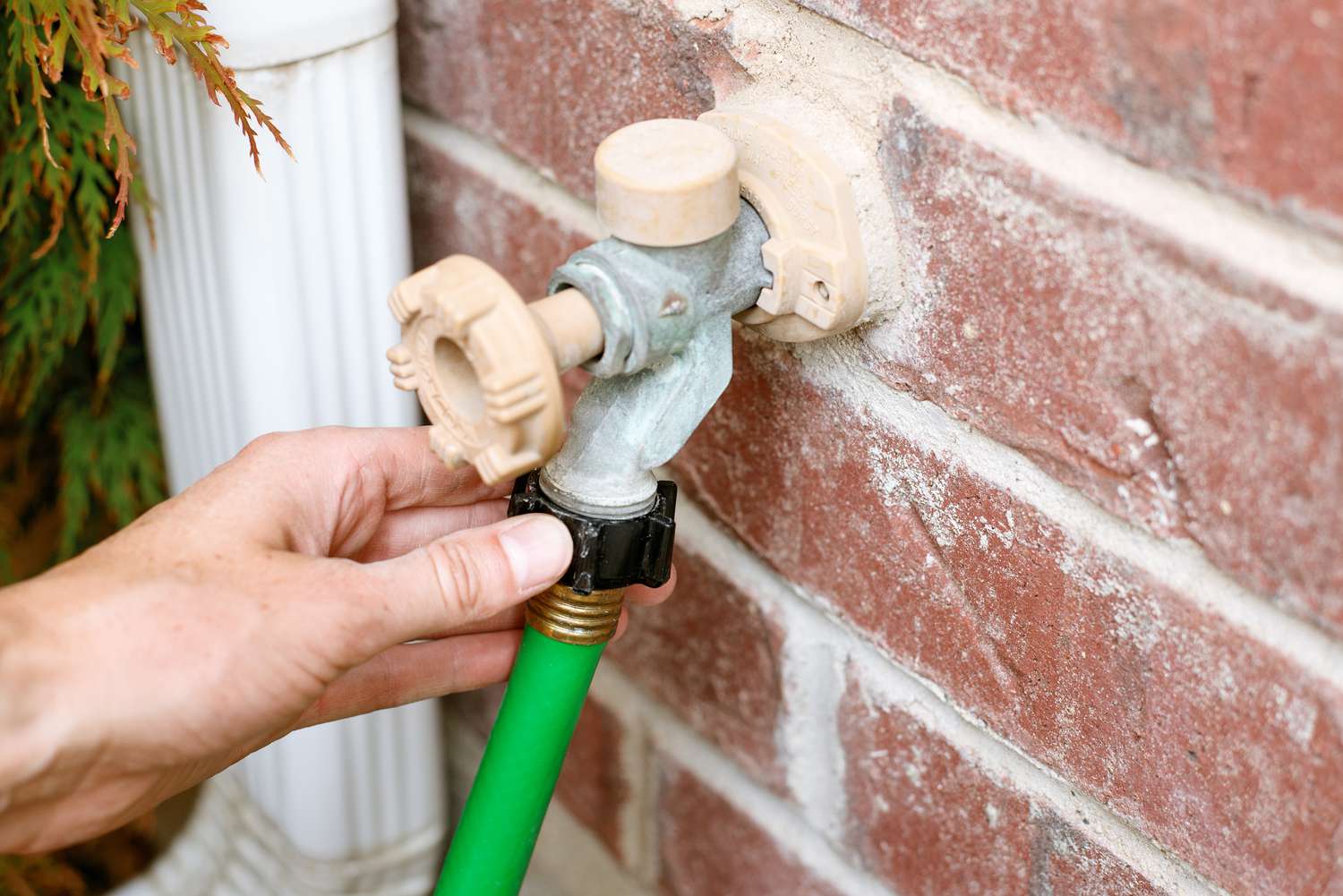




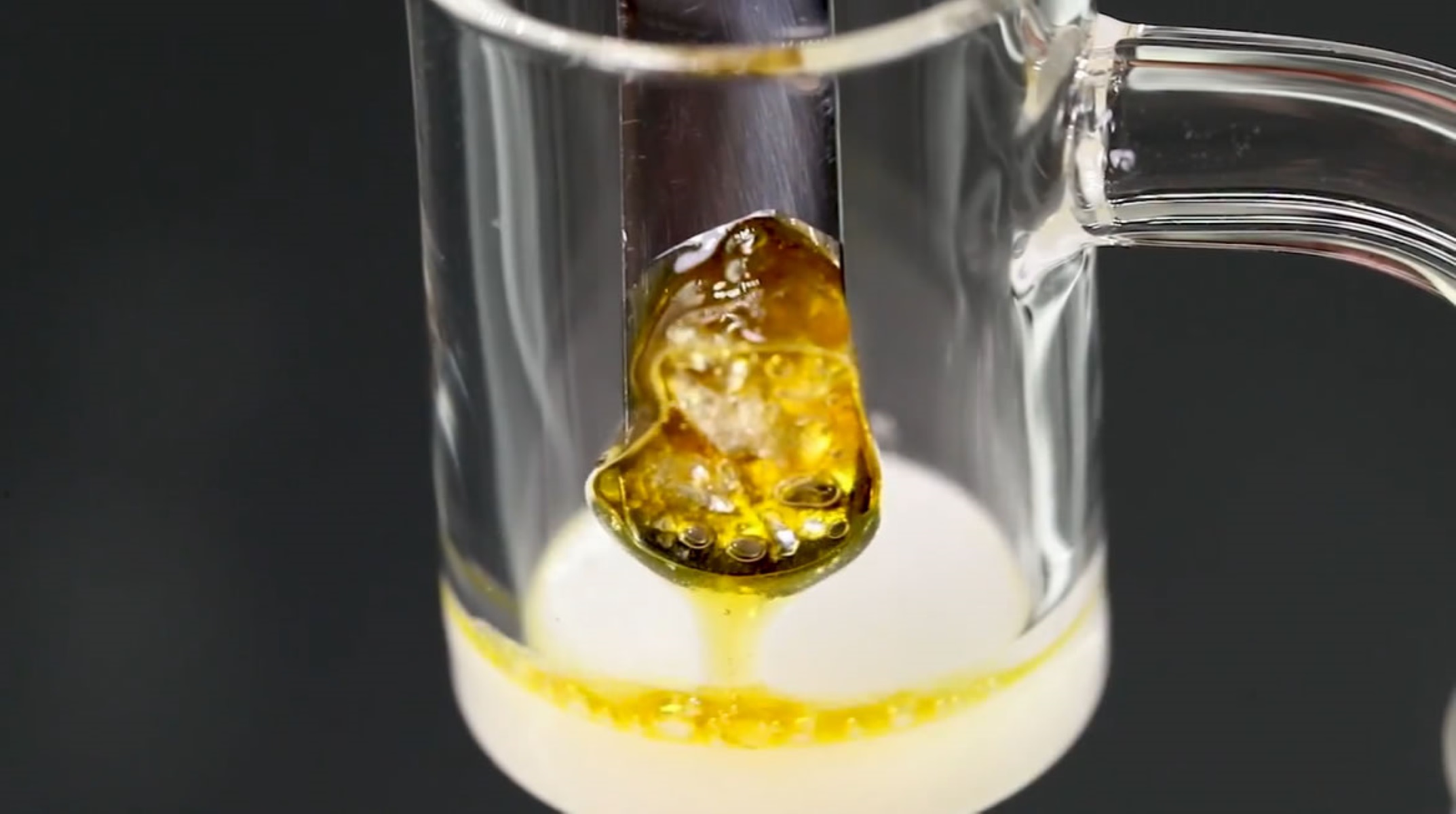
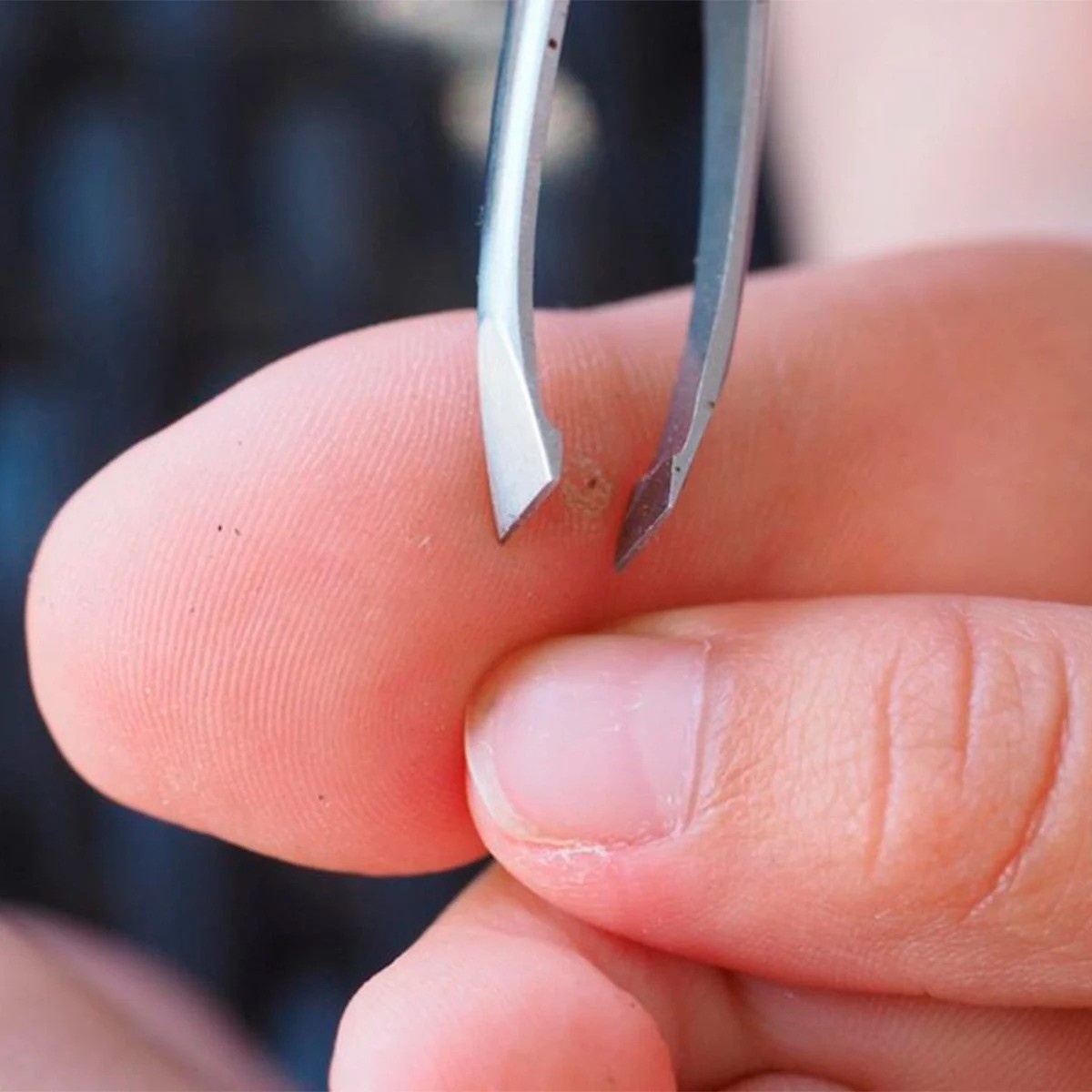
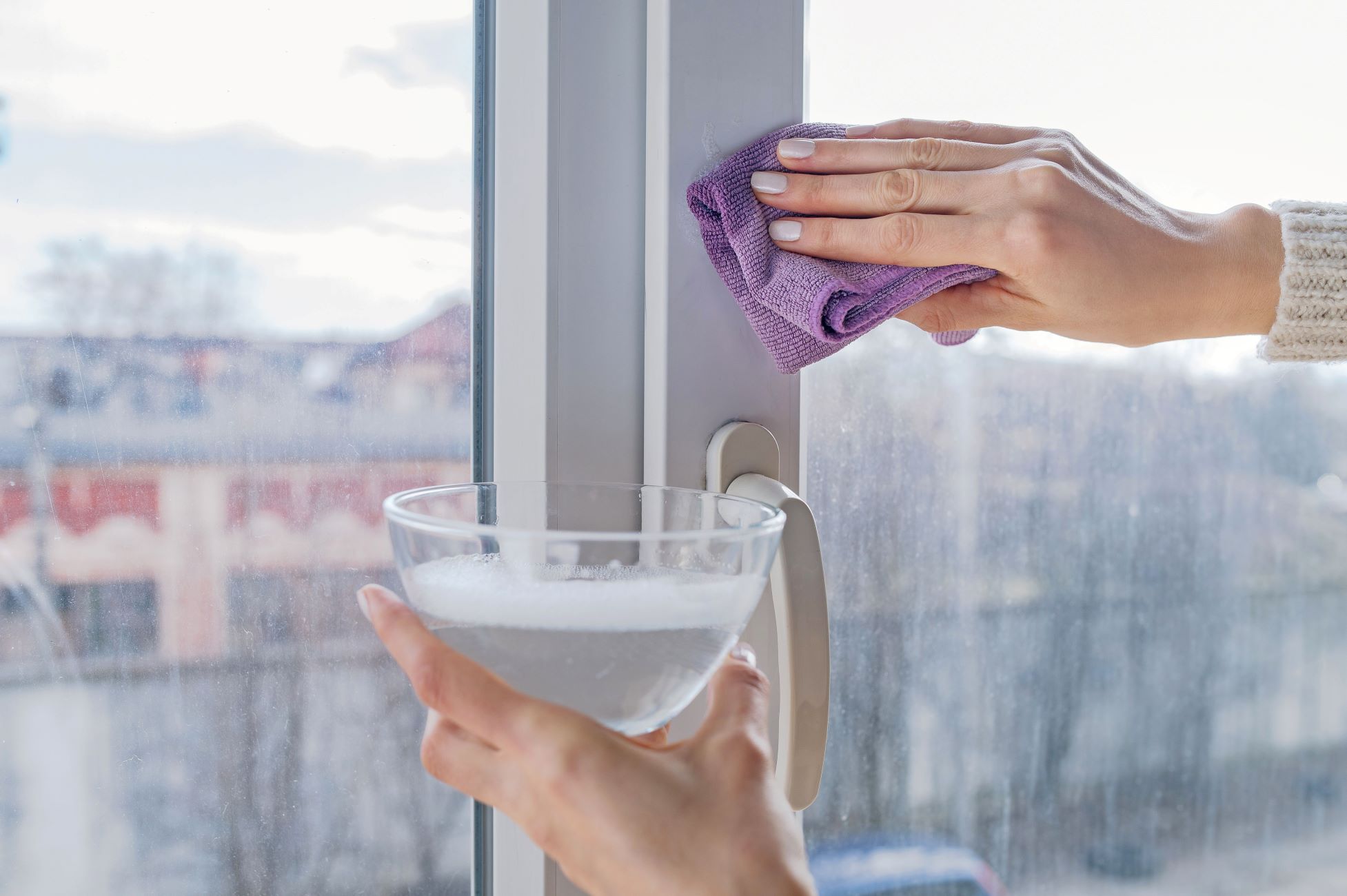
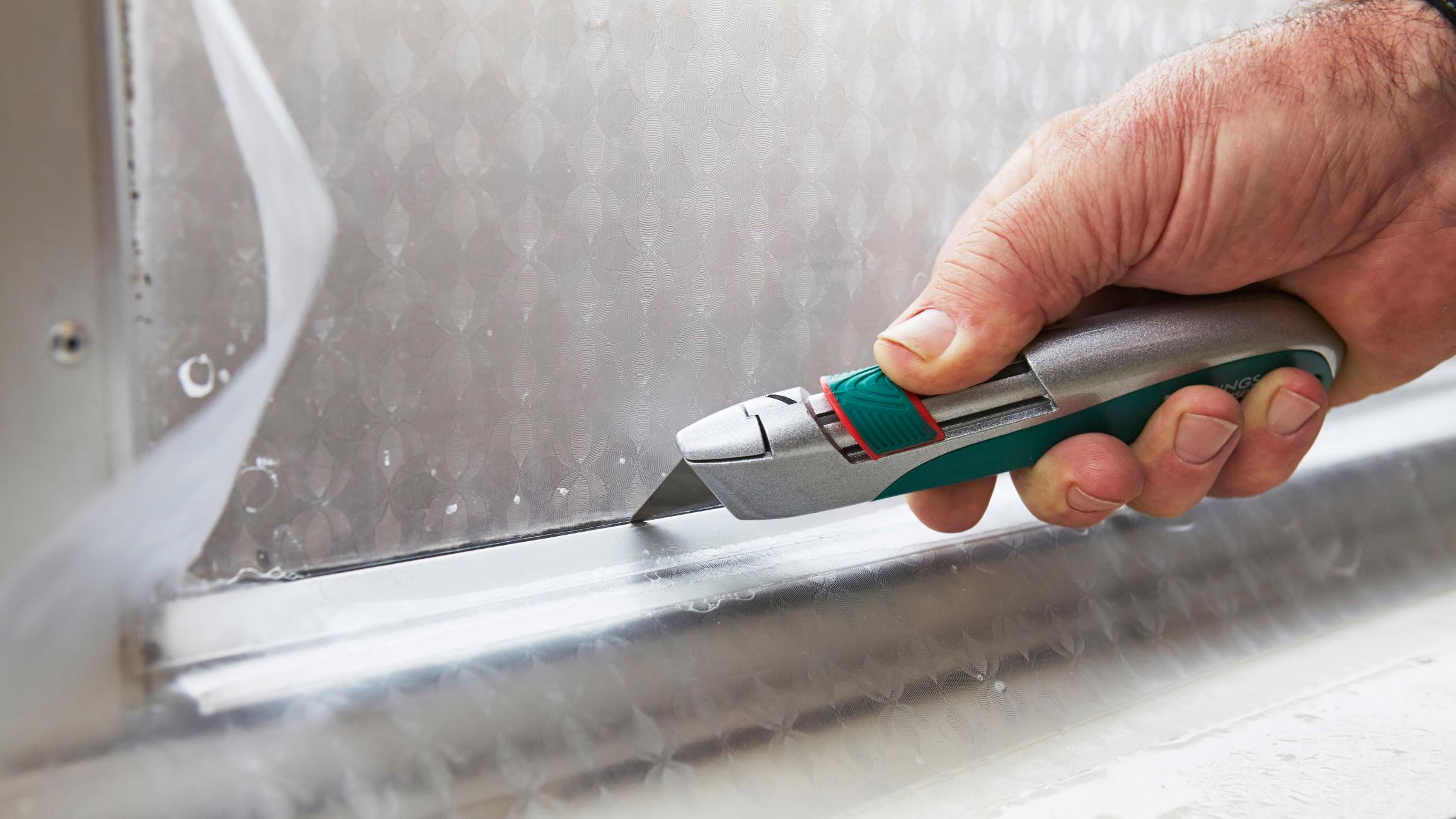
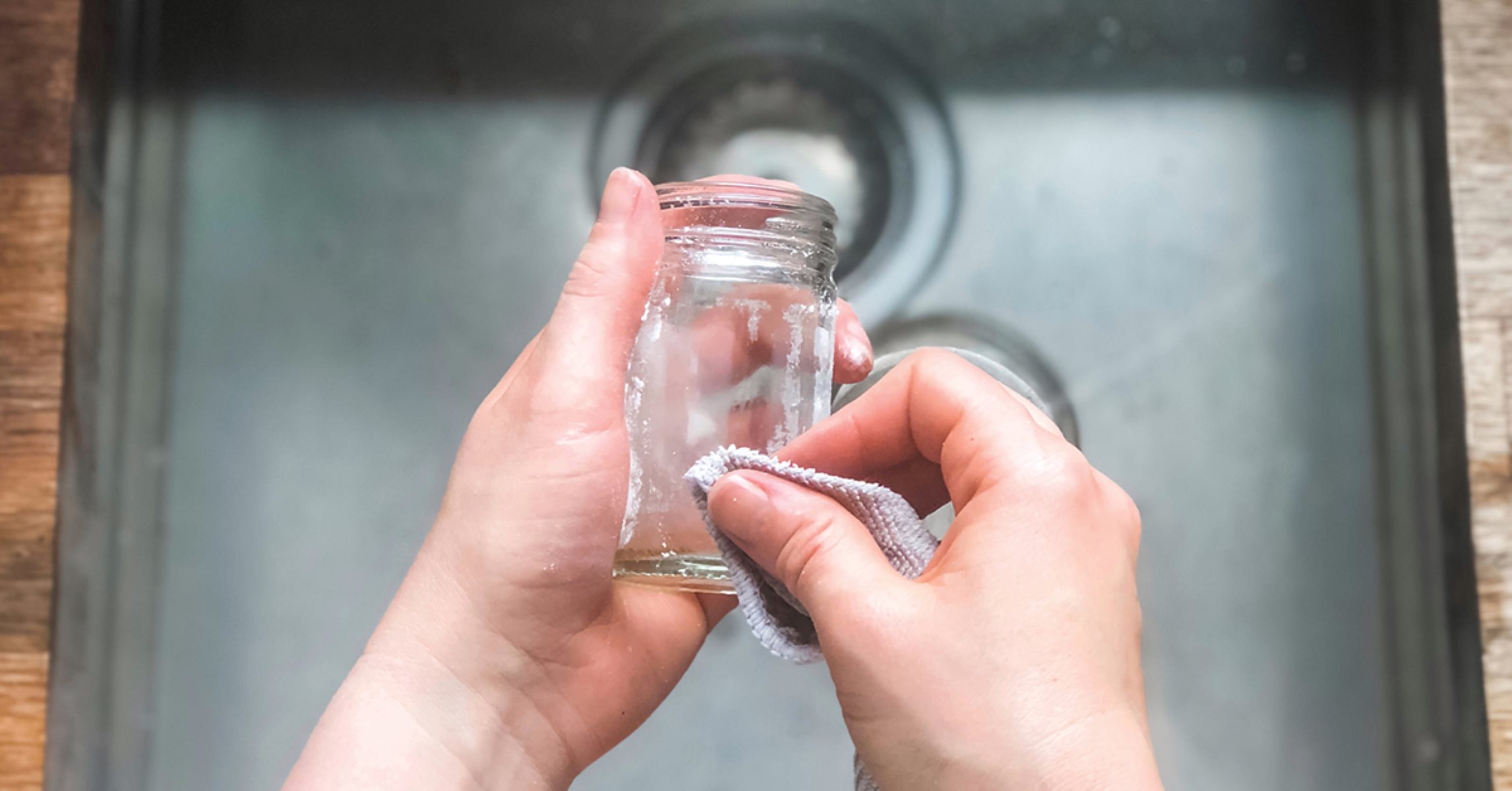
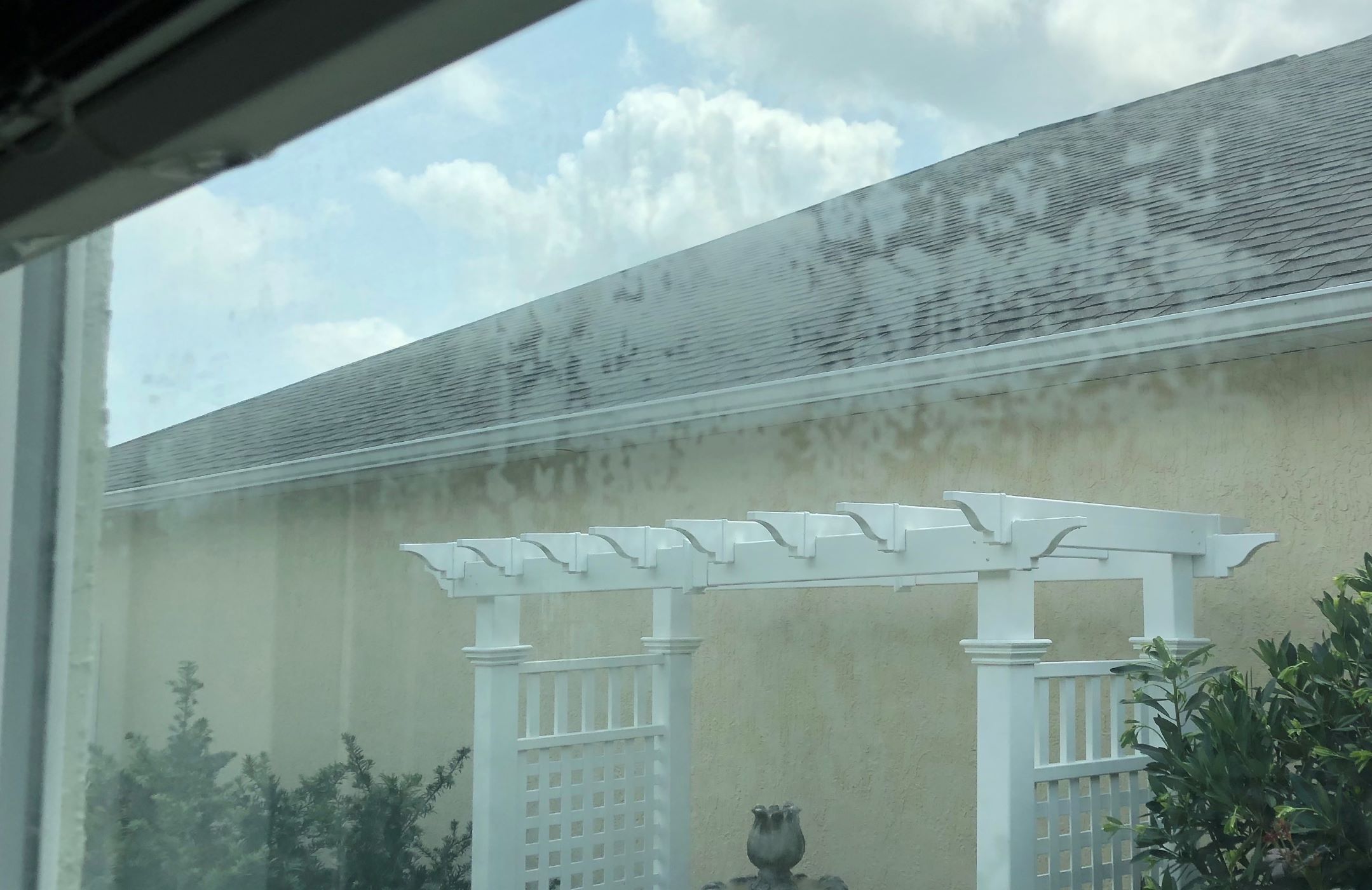


0 thoughts on “How To Remove A Stuck Lid From A Glass Jar”